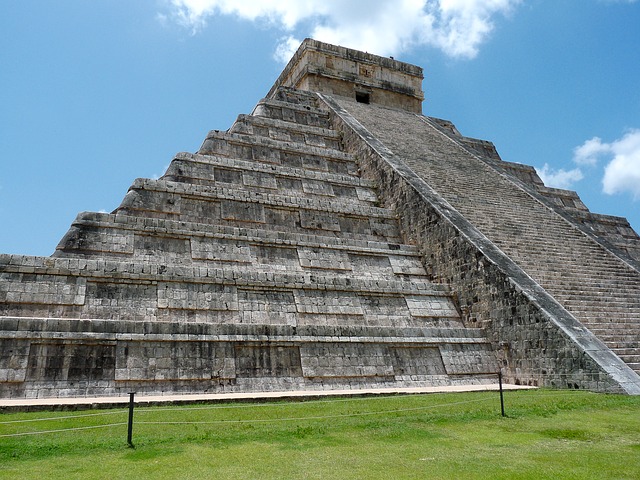How about 2012?

There are many misconceptions about 2012 and 'the' Maya calendar. There is no such thing as "the" Maya calendar, because the Maya had many calendars for different purposes. One of the biggest misconceptions is that the Maya predicted that the world would end in December 2012.
The Long Count Calendar
The Maya calendar that completed a cycle in 2012 is the Long Count Calendar: the calendar by which the Maya measured major periods of time. A very different calendar from the Tzolkin, which has a cycle of 260 days. According to the descendants of the Maya, the Tzolkin is based on the duration of pregnancy. They have used this calendar continuously for more than two thousand years. The calendar consists of a combination of twenty daily Spirits or Nawals in thirteen variations (numbers). You can look at it in two ways. As twenty periods of thirteen days (called the trecena's) or thirteen periods of twenty days.
The Long Count calendar is based on the religious year of 360 days, a 'Tun'. A tun consists of eighteen periods of twenty days. The Maya have the following periods in this calendar:
- Kin: 1 day
- Vinal: 20 Kin, 20 days
- Tun: 18 Vinals, 360 days
- Katun: 20 Tun, 20 x 360 days
- Baktun: 20 Katun, 400 x 360 days
One cycle of the Long Count calendar lasts thirteen baktuns or 13 x 400 = 5200 tun (religious years), which is equal to 5125 years. Since the beginning of the 20th century, Maya scholars have tried to correlate the Long Count with our Gregorian calendar. A wide variety of correlations have been proposed. In 1897, Joseph Goodman proposed that the Maya creation date was 3114 BC. Exactly 5125 years later it was 2012. In 1926 and 1927, Maya researchers named two dates as the end of the Long Count Calendar: December 21, 2012 and December 23, 2012.
End of time?
2012 was certainly not the end of time, as many reports said at the time. The Maya view time very differently from us Westerners. For us, time is a line with a beginning and an end. For the Maya, time is a spiral, where at the end of one cycle, a new one simply begins. In 2012, it was proven once and for all that the Maya were thinking far beyond 2102. In May of that year, archaeologists discovered unique Maya mural drawings and calculations. They discovered a date about 7,000 years in the future.





